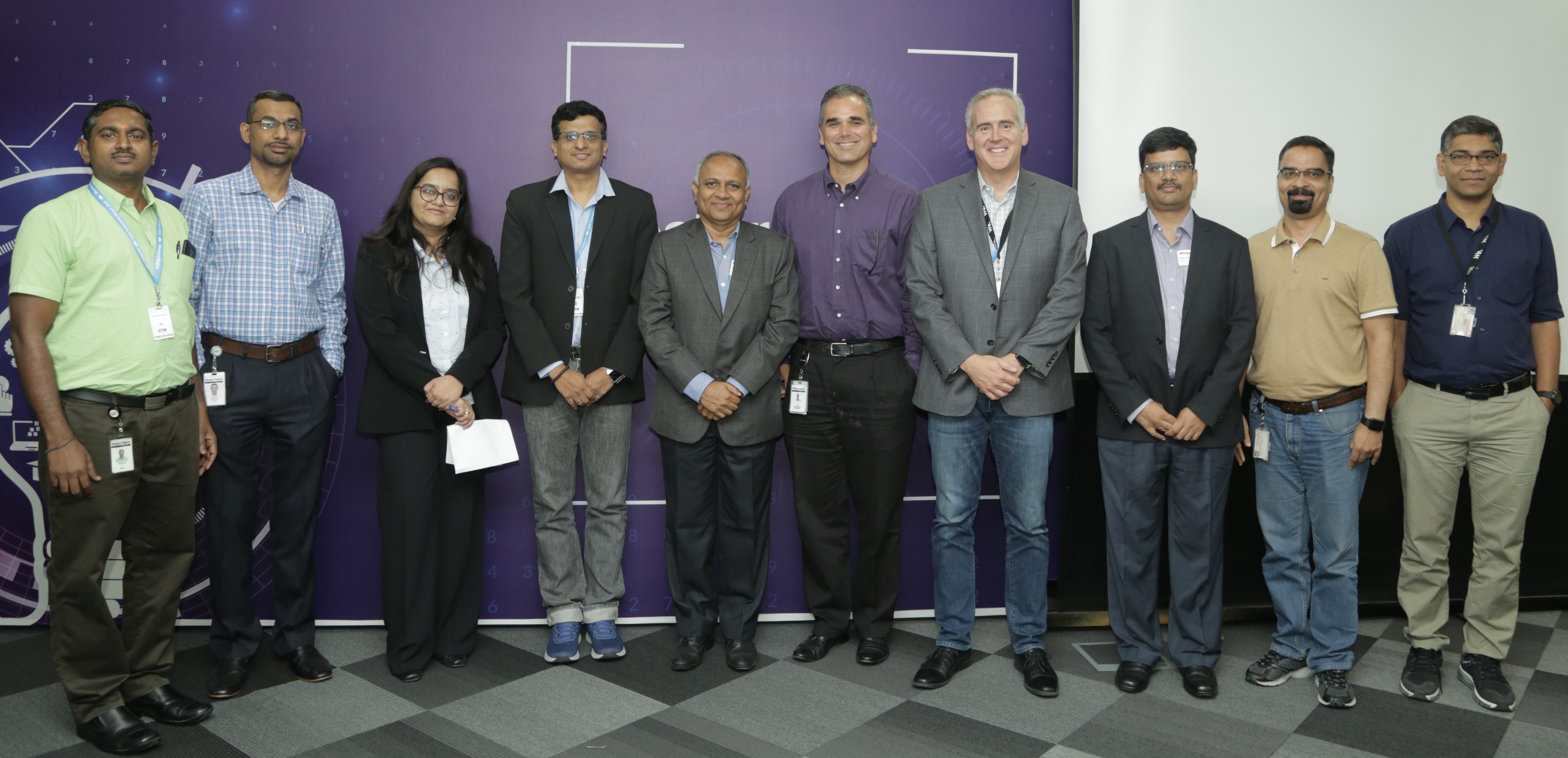A term insurance plan is one of the most affordable life insurance policies. It does not come with any maturity benefits. The nominees of the policyholder receive the sum assured if the insured passes away before the maturity of the plan. Both the individual and joint term insurance plans provide financial security to your loved ones.

Term insurance plan for couples
Couples can opt for separate or joint term policies, depending on their needs. You must understand these aspects of a term plan to decide which option to choose:
- Nuclear double-income families
A working couple must opt for a term insurance plan to make sure that the future of their family is financially protected. According to experts, the sum assured should be at least ten times their yearly income.
- Cover for life
When you buy a joint term insurance plan, you secure the future of your partner. The right term plan will offer them enough cover to run the household without having to compromise on lifestyle.
- Future requirements
The plan that you buy decides the financial security of your children in the future. You have to decide on the sum assured depending on your future needs like children’s tuition fees and renovation the house.
- Health concerns
The term life insurance for married couples must also come with critical rider benefits that cover healthcare bills. You will need this, as you get older when the visits to the hospitals become more frequent.
Different kinds of term insurance plans for couples
When it comes to the term insurance policies for couples, there are two options:
- Separate term insurance plan
- Joint term insurance plan
Separate vs. joint term insurance plan
Explained ahead is a comparison between separate and joint term plans based on the following points:
- Terms and conditions
Buying separate policies allow couples to select the conditions according to their personal needs.
- First death
Most term plans offer the sum assured in case of the first death or when the first claim is made. Some policies offer benefits on each death.
- Single payout
For a joint term policy, in case of accidental deaths of both policyholders, the nominees receive only a single death- benefit. In the case of separate policies, they will get two separate benefits.
- Divorce
In case of a joint term plan, the policy cannot be split if the couple decides to go for a divorce. The policy lapses if any one of the policyholders decides to stop paying the premium. Having separate policies can solve this problem.
- Affordability
The joint term plan is generally more affordable when compared to two separate policies.
- Convenience
Many couples buy a joint term insurance policy because it makes the paperwork simpler. Separate policies require couples to fill two sets of documents.
Now that you understand the differences between joint term plans and separate policies, you and your partner can decide which one to opt for according to your needs and expectations.









